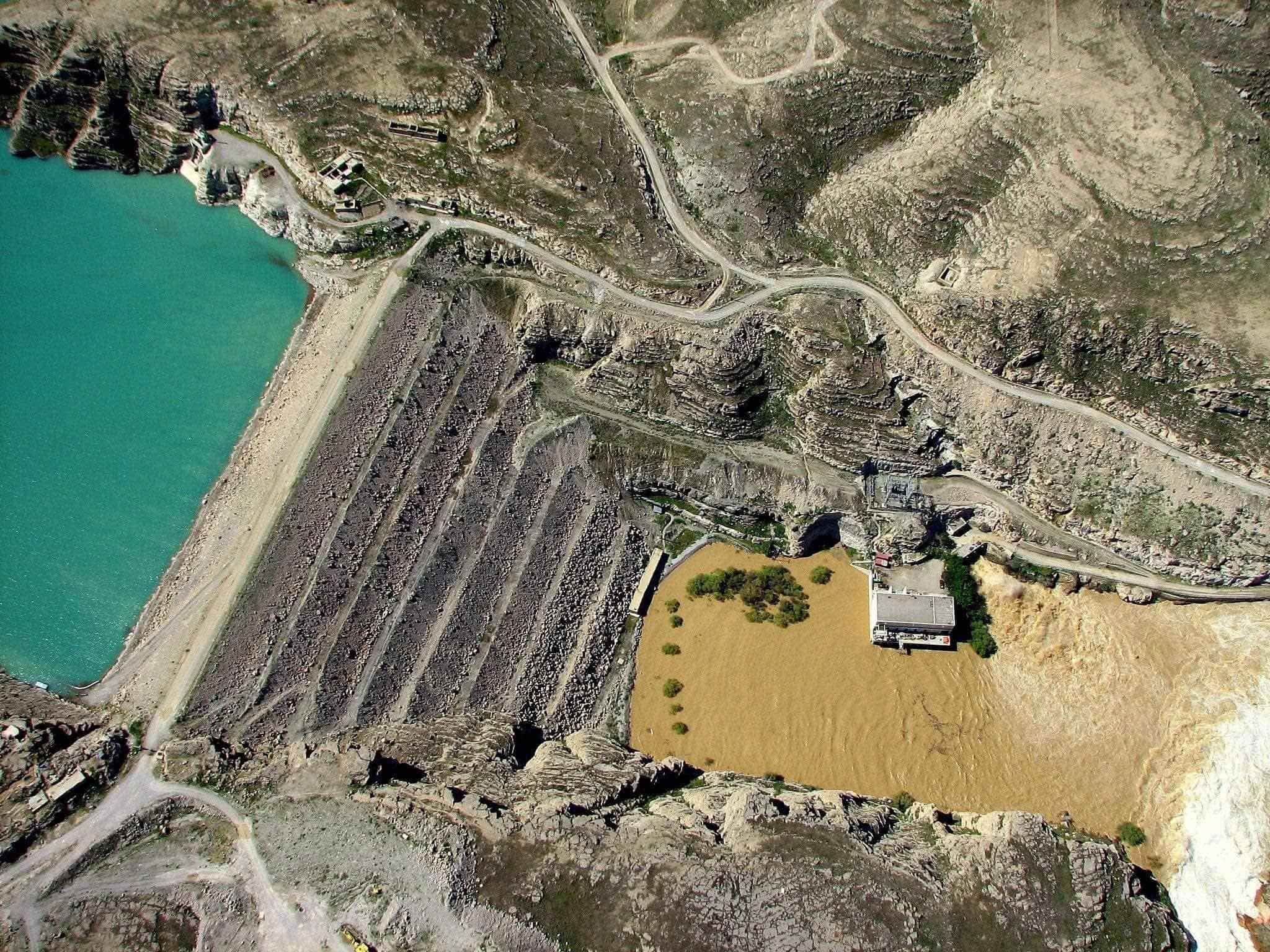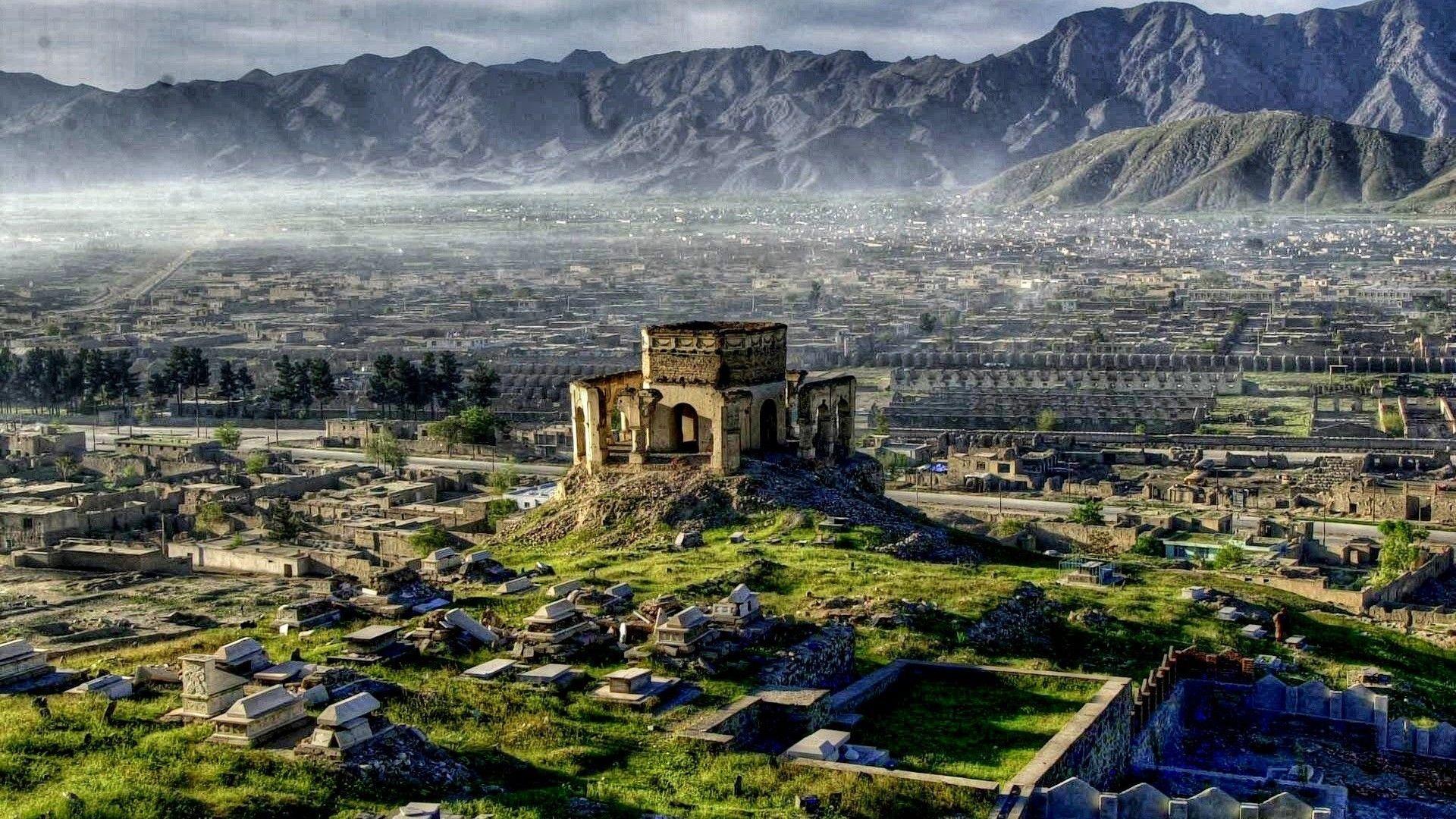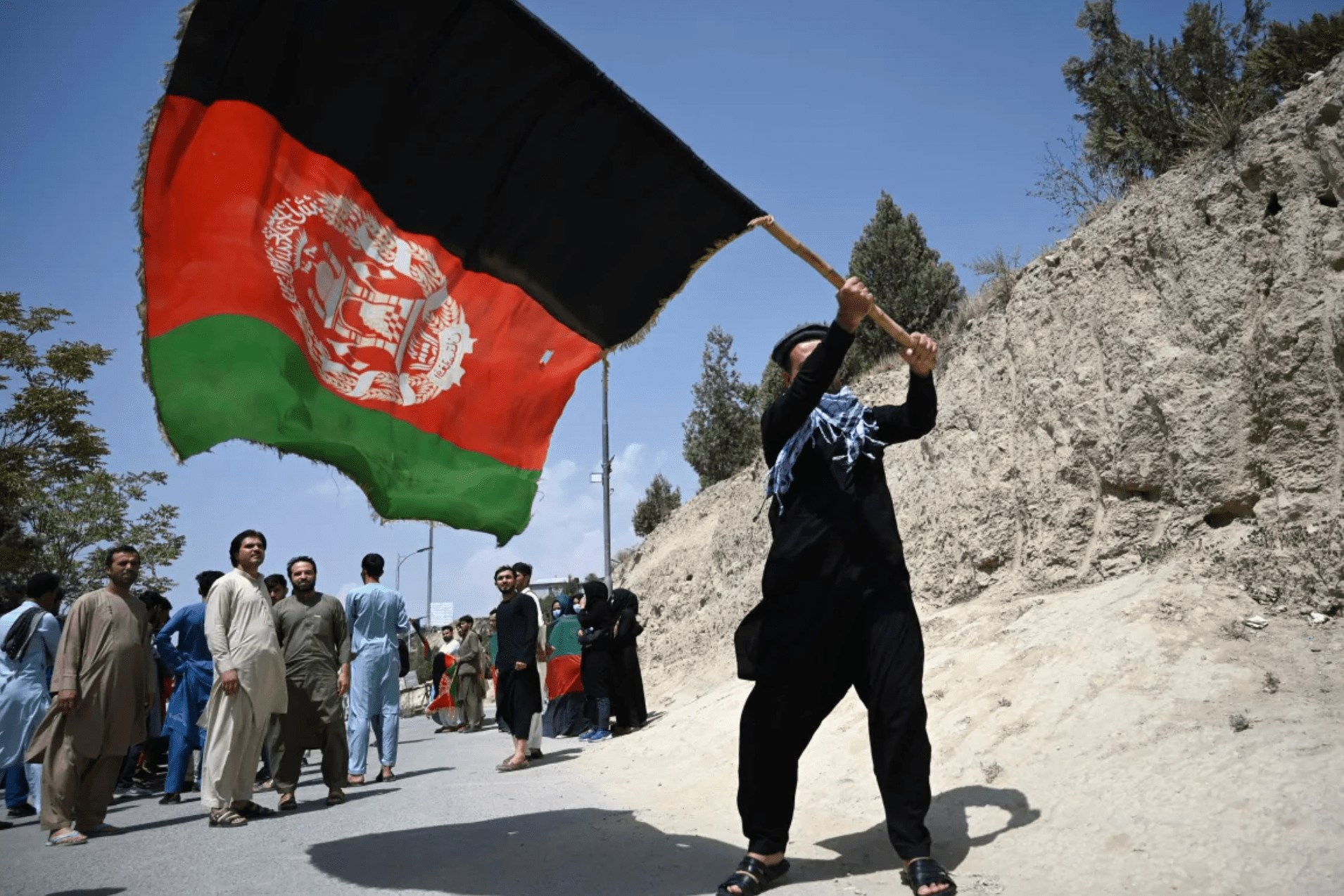Afghanistan and a Glance at its Use of Resources

Written by: Muqtasid
Afghanistan is a very interesting country, and a place that has passed many distinct seasons. The country is full of untouched resources, and historically, it has caught heavy attention one way or another. Unfortunately, while Afghanistan has a history of over 5,000 years, it has become continuously weak over the past decades. Divisions, among other contributing factors is one of the fundamental reasons that has had a heavily negative impact on the country. The obvious question is, why?
Afghans continuously lose millions, but their resources are used when profitable for other places. For instance, when Pakistan trades with Uzbekistan, they benefit from the connected route through Afghanistan without any restrictions or formal agreements. But when Afghans go to one of the countries that consistently benefit from their land, they beg for water, because they are not aware of their authority in their own land. Afghanistan does need many international partners in the region and across the globe, but this does not suggest that the country should transfer its authority to others.
Afghanistan's position should be very clear concerning the warning of Iran's demand for water, and that position is fundamentally rooted in Iran and Afghanistan’s signed agreement on the use of Helmand water that was written in 1351, and based on that, the annual amount of water that flows to Iran has been determined. The agreement of 1351 is the best and most accepted international agreement, and the government of Afghanistan should show their full commitment to controlling the country’s waters, and should ensure the implementation of this agreement.
Iranian officials always emphasise that the lack of water in Helmand has a negative impact on the environment in Sistan and Baluchistan provinces that border Afghanistan. However, it should be noted that the Afghan government does not have such commitments with Iran, as if Iran should take the necessary water from the Helmand River to irrigate the lands of Sistan and Baluchistan, and the city of Zahedan.
According to the agreement between the Afghan representative and Former Prime Minister Shahid Mohammad Musa Shafiq and the representative of Iran, Prime Minister Amir Abbas Hoveda, based on international water principles, Iran will take its right to water at 22 cubic metres per second. But King Zahir Shah added four more cubic metres for the sake of good will, making a total of 26 cubic metres.
This agreement has about 12 articles, in the fifth of which is stated that that Afghanistan has the right to all the remaining waters in any way that the country desires. However, the obvious fact is that Iran first built one canal, then four canals that store 55 cubic metres of water per second, and now nine canals that store 150 cubic metres of water per second. Returning to Nimroz is now closed because Iran supplies this water to Zahedan and Kerman.
Iran's repeated disputes over water can in fact be interpreted as an aim at obtaining more rights from Afghanistan, hence increasing political pressure for new negotiations and changes in the articles of the 1351 agreement.
Thus, the position of the Afghan government should be strongly clear, as the President of the Republic of Afghanistan, Mohammad Ashraf Ghani, gave a clear answer to the objections of the Iranian authorities at the opening ceremony of the Kamal Khan Dam. He stated that only the specified amount water in the agreement between Iran and Afghanistan will be considered, and anything beyond that will be given to Iran in exchange for oil.
Water is one of the fundamental resources of Afghanistan, and thus, those in relevant positions should put an appropriate focus on the management of water, and further resources.
- 2023 May - 25







